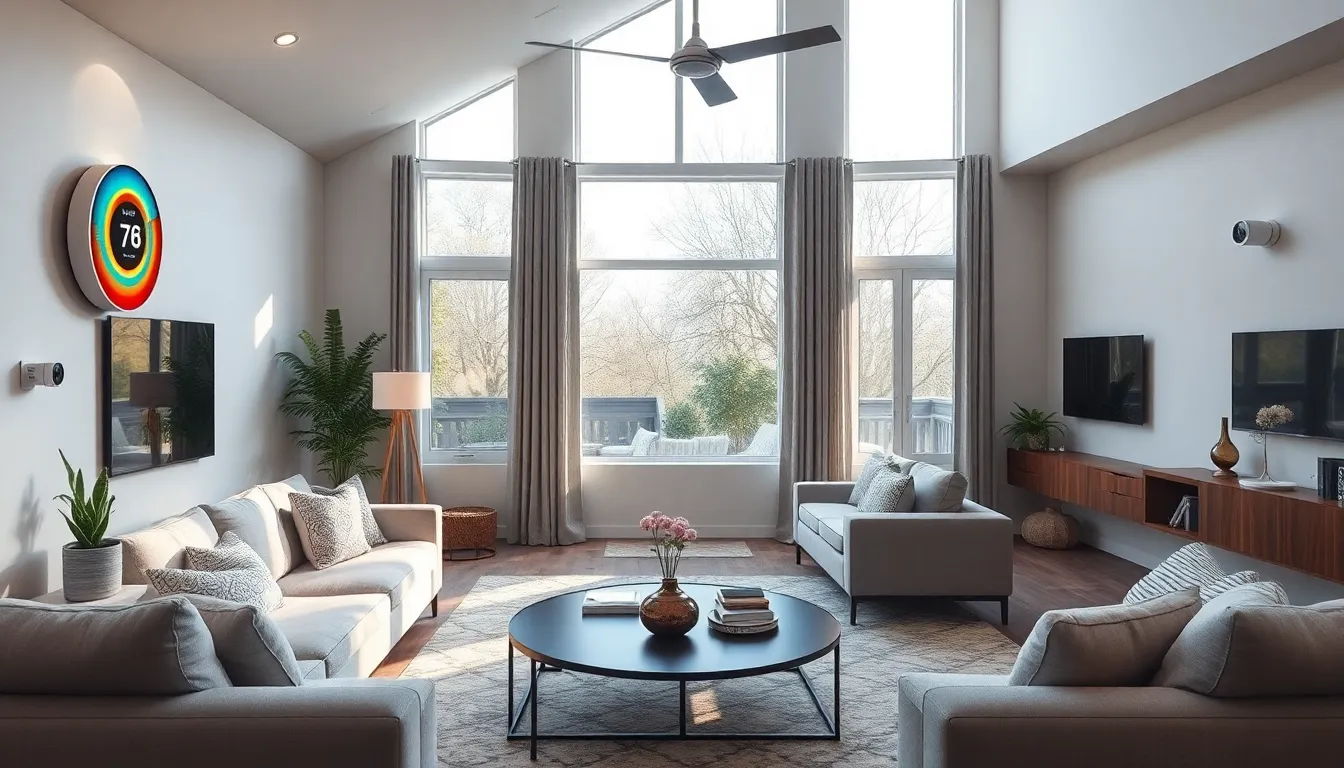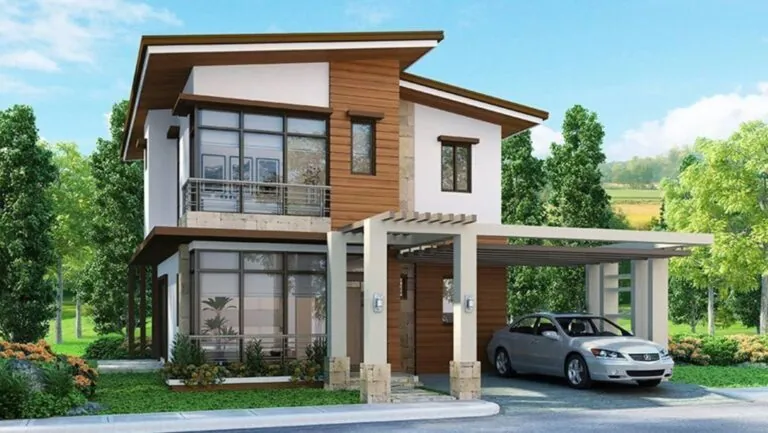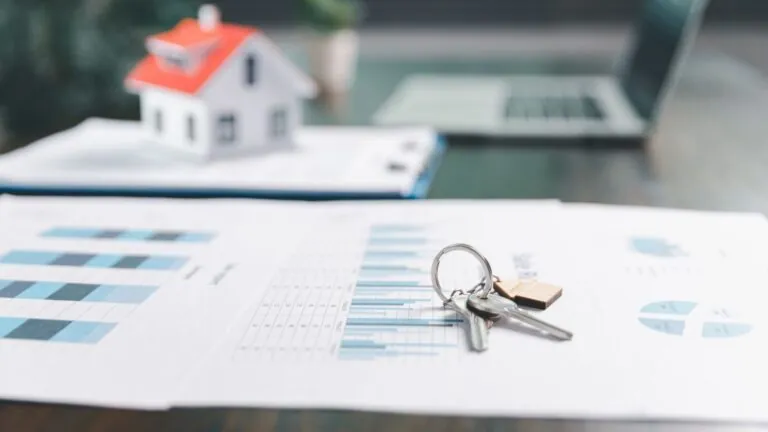Imagine walking into your home after a long day, and with a simple voice command, the lights dim, your favorite playlist starts, and the thermostat adjusts to the perfect cozy temperature. Sounds like a scene from a sci-fi movie, right? Welcome to the world of home automation solutions, where technology transforms everyday living into something extraordinary.
Table of Contents
ToggleOverview of Home Automation Solutions
Home automation solutions comprise a variety of technologies that integrate to optimize residential living. These systems enable users to control features remotely via mobile devices or voice commands. Smart lighting allows adjustments based on user preferences, while smart thermostats regulate energy use efficiently.
Security systems enhance safety through smart locks and cameras, allowing for real-time monitoring. Additionally, automated home appliances simplify daily chores; for instance, robotic vacuums can schedule cleaning sessions autonomously.
Unified platforms often serve as central hubs, connecting devices from different manufacturers. Using these hubs, homeowners enjoy synchronized control of everything from entertainment systems to environmental controls. Integration boosts convenience and efficiency while conserving energy.
In terms of energy management, smart meters provide data insights, helping users identify unnecessary consumption. Such information allows for informed decisions to lower utility bills. Home automation solutions provide both comfort and sustainability, making them appealing to eco-conscious individuals.
Various ecosystems exist in the market, including Google Home, Amazon Alexa, and Apple HomeKit. Each platform offers different features and device compatibility, enhancing user experience across devices. The growing popularity of voice assistants indicates a shift toward seamless interactions in daily routines.
Ultimately, home automation solutions transform ordinary households into smart homes. They blend innovative technology with practical living, ensuring a modern lifestyle that promotes both comfort and security.
Benefits of Home Automation Solutions

Home automation solutions offer numerous advantages that enhance the quality of life in modern households. With advanced technology, these systems improve convenience, security, and energy efficiency.
Enhanced Security Features
Smart home automation elevates security through devices like cameras and smart locks. Users can monitor their homes in real time, receiving alerts about unusual activity. Automated lighting can deter potential intruders by simulating an occupied home. Integration with mobile devices allows for remote access control, ensuring peace of mind while away. Many systems support voice commands, simplifying security measures further. Automated door locks enable secure entry without traditional keys, promoting user-friendly experiences. These features collectively create a safer living environment and foster confidence in household security.
Energy Efficiency Improvements
Home automation significantly boosts energy efficiency across households. Smart thermostats optimize heating and cooling schedules based on real-time data, reducing unnecessary energy consumption. Automated lighting systems adjust brightness based on occupancy, ensuring lights are only on when needed. Users can track energy usage patterns through smart meters, empowering them to make informed decisions. Integration of energy-efficient appliances further enhances savings on utility bills. Home automation promotes eco-friendly practices while maintaining comfort levels, appealing to environmentally conscious individuals. Overall, these solutions contribute to reducing energy costs and environmental impact, making homes more sustainable.
Popular Home Automation Technologies
Home automation technologies significantly enhance convenience and efficiency in daily living. Various solutions cater to diverse needs, improving both comfort and security.
Smart Lighting Systems
Smart lighting systems allow users to control lights remotely or via voice commands. Devices can adjust brightness and color based on preferences, creating ambiance for different occasions. Automation schedules lights to turn on or off, aiding energy conservation. Compatible with devices such as Google Home and Amazon Alexa, these systems offer seamless integration into smart homes. Enhanced features include motion sensors that activate lights when someone enters a room, promoting safety during nighttime. Many homeowners appreciate how smart lighting enhances aesthetics and functionality while lowering electricity bills.
Smart Thermostats
Smart thermostats empower users to optimize home heating and cooling effectively. These devices learn user preferences over time and adjust schedules for maximum comfort and efficiency. Integration with mobile apps enables remote temperature control, providing flexibility when away from home. Energy usage insights help users identify patterns and make informed decisions, reducing utility costs. Some smart thermostats automatically adjust based on weather forecasts, further enhancing energy efficiency. Many find these devices an essential part of their home automation setup, contributing to overall sustainability.
Home Security Cameras
Home security cameras offer real-time monitoring and enhanced peace of mind. Users can access live feeds from their smartphones, allowing for constant surveillance of their property. Motion detection technology triggers alerts, ensuring homeowners stay informed about potential intruders or unusual activity. Advanced features include facial recognition and night vision, improving security during all hours. Many systems integrate seamlessly with smart home ecosystems, providing centralized control of all security features. Homeowners appreciate how security cameras deter crime and help protect their loved ones and property.
Challenges in Implementing Home Automation Solutions
Implementing home automation solutions presents several challenges that users must navigate.
Cost Considerations
Expenses often rise significantly when adopting home automation technologies. Initial investments in smart devices can be substantial. Hardware costs for smart hubs, sensors, and appliances contribute to this financial burden. Additionally, installation fees may arise, particularly for complex systems requiring professional setup. Long-term savings on energy bills may offset initial outlays, making it essential for homeowners to factor in both upfront and ongoing costs. Potential buyers should also consider compatibility requirements, as some devices may necessitate expensive upgrades or replacements for optimal performance.
Compatibility Issues
Integrating various devices poses particular challenges for homeowners. Many smart devices operate on different platforms, which can complicate management. Users may experience limitations when attempting to connect devices from different manufacturers or ecosystems. Notably, some devices may lack compatibility altogether, creating frustration for those seeking seamless integration. Significant time spent researching compatibility requirements can delay implementation. Therefore, selecting a cohesive ecosystem reduces potential compatibility issues, leading to smoother operation of home automation solutions.
Future Trends in Home Automation Solutions
Artificial intelligence leads the way in home automation. Machine learning algorithms analyze user behaviors, creating smarter, more personalized experiences. For example, systems can adjust lighting and temperature based on preferences or even time of day.
Voice recognition technology continues to evolve. Advanced natural language processing lets users communicate with devices more effortlessly. Commands become simpler and more intuitive, enabling a seamless interaction with entire home ecosystems.
Integration of health monitoring features reflects another significant trend. Devices equipped with sensors track physical well-being, detecting environmental changes that may affect health. Home automation can alert users about air quality issues or even remind them to stay hydrated.
Sustainability is gaining importance as consumers become more eco-conscious. Home automation solutions help reduce energy consumption through smarter scheduling of appliances and lighting. Statistically, energy-efficient devices can lower utility bills by up to 30 percent.
Enhanced security features also dominate the landscape. Systems equipped with smart locks and cameras employ facial recognition technology to improve home safety. Real-time alerts notify homeowners of unusual activities, providing greater peace of mind.
The growth of interoperability among platforms signifies a shift. Various ecosystems now facilitate smoother communication among devices from different manufacturers. Compatibility enhances user experience, eliminating frustration associated with device management.
Finally, augmented reality may play a role in future developments. Visual overlays can assist users in configuring settings and monitoring systems more effectively. Virtual interfaces could revolutionize how individuals interact with their home automation solutions, making the experience more engaging and user-friendly.
Home automation solutions represent a significant leap forward in how individuals interact with their living spaces. By integrating smart technologies, homeowners can enjoy unparalleled convenience and enhanced security. The ability to manage energy use effectively not only cuts costs but also supports a more sustainable lifestyle.
As technology advances, the future of home automation looks promising, with innovations that prioritize user experience and environmental impact. Embracing these solutions can transform ordinary homes into smart havens that cater to modern needs. With careful consideration of compatibility and investment, homeowners can unlock the full potential of their living environments, paving the way for a smarter and more efficient future.




